Irish master makes Australian landmark
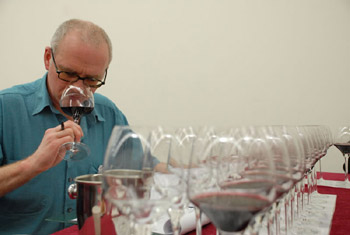
Irish Master of wine, Dermot Nolan, travelled to the land down under to experience the region's 'Landmark Tasting' along with other world wine experts
11 September 2009
One of Ireland’s few Masters of Wine, Dermot Nolan was recently selected to participate in the Landmark Tutorial of Australia. Landmark is a special series of annual tutored tastings which grew out of a local event, the Len Evans Tutorial, aimed at giving young winemakers a taste of the great classics of both Australia and the rest of the world.
Landmark was born when the head of Wines of Australia in the UK, Paul Henry, got the idea of opening the concept to non-Australians who could make effective use of the knowledge on offer through such tastings. Non-Australian wine professionals can make an application to participate and from these, 12 are selected to travel to South Australia for the event. Candidates are usually selected from export markets upon which Australia particularly wishes to focus.
Nolan reports that he tasted over 500 wines in that single week, ranging from a 100 year old fortified wine to a 1971 Penfolds Grange, and a 2002 Domaine de Romanee Conti from Burgundy. Tastings were designed to display the regional range of Australia over many vintages, including a ‘Historical Perspective’ featuring a dozen aged vintages, a highlight according to Nolan.
“One of the wines that really impressed me was the 1986 Brokenwood Graveyard Vineyard Shiraz from the Hunter Valley,” he says. “It was a real revelation of the Hunter style: redcurrant and plum, lovely texture with great balancing acidity.” Of that 100 year old wine, he explains: “What a lot of people don’t realise is that up to 40 years ago most Australian wine was fortified. The one we tasted was Seppeltsfield 1909. Hard to believe though it may be, 1909 is the current release.”
So what does it taste like? “Well, it’s got an amazing colour for a start”, says Nolan, “a rich amber, deepening to almost black at the centre. You could describe the flavour as being very like dark, bitter chocolate, quite sweet at mid-palate and yet finishing quite dry.” Although 1909 is the vintage available commercially now, at around €1,000 per half bottle, Seppeltsfield will supply a bottled wine for any year on request, just for birthdays.
Another wine which impressed Nolan was Pewsey Vale Riesling 1980: “This really made you think about closures because it was under screwcap and was still very zingy and fresh”. Henschke 1986 Hill of Grace Shiraz was beautifully mature, while a real curiosity was Seppelt 1954 Shiraz which also included the champagne grape, pinot meunier. Of more recent bottlings, Clonakilla Shiraz Viognier 2001 and Bass Philip Pinot Noir 2001 from South Gippsland were two that stood out.
More information on the Landmark Tutorial can be found at www.landmark-wineaustralia.com and www.dermotswineblog.blogspot.com.



 Print
Print
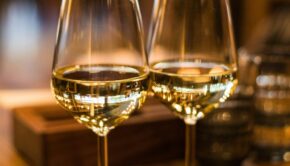
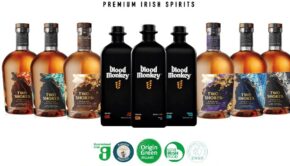
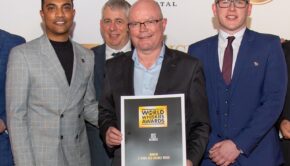
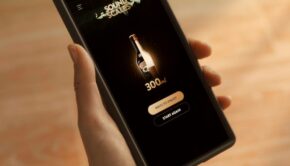


Fans 0
Followers